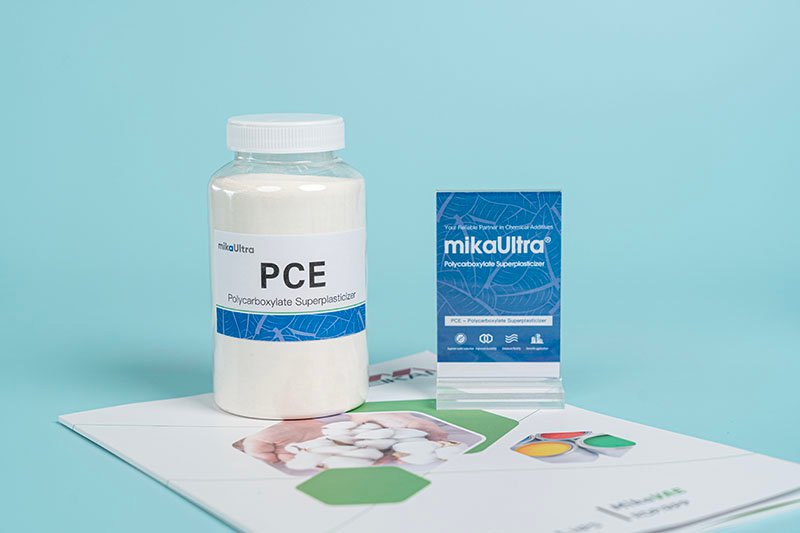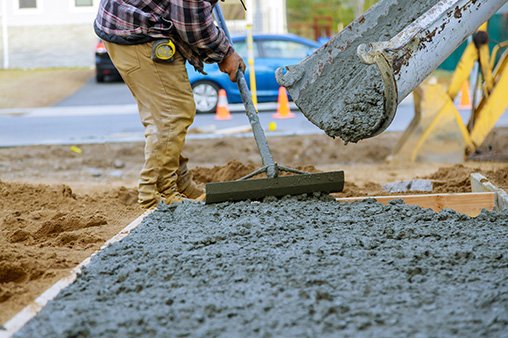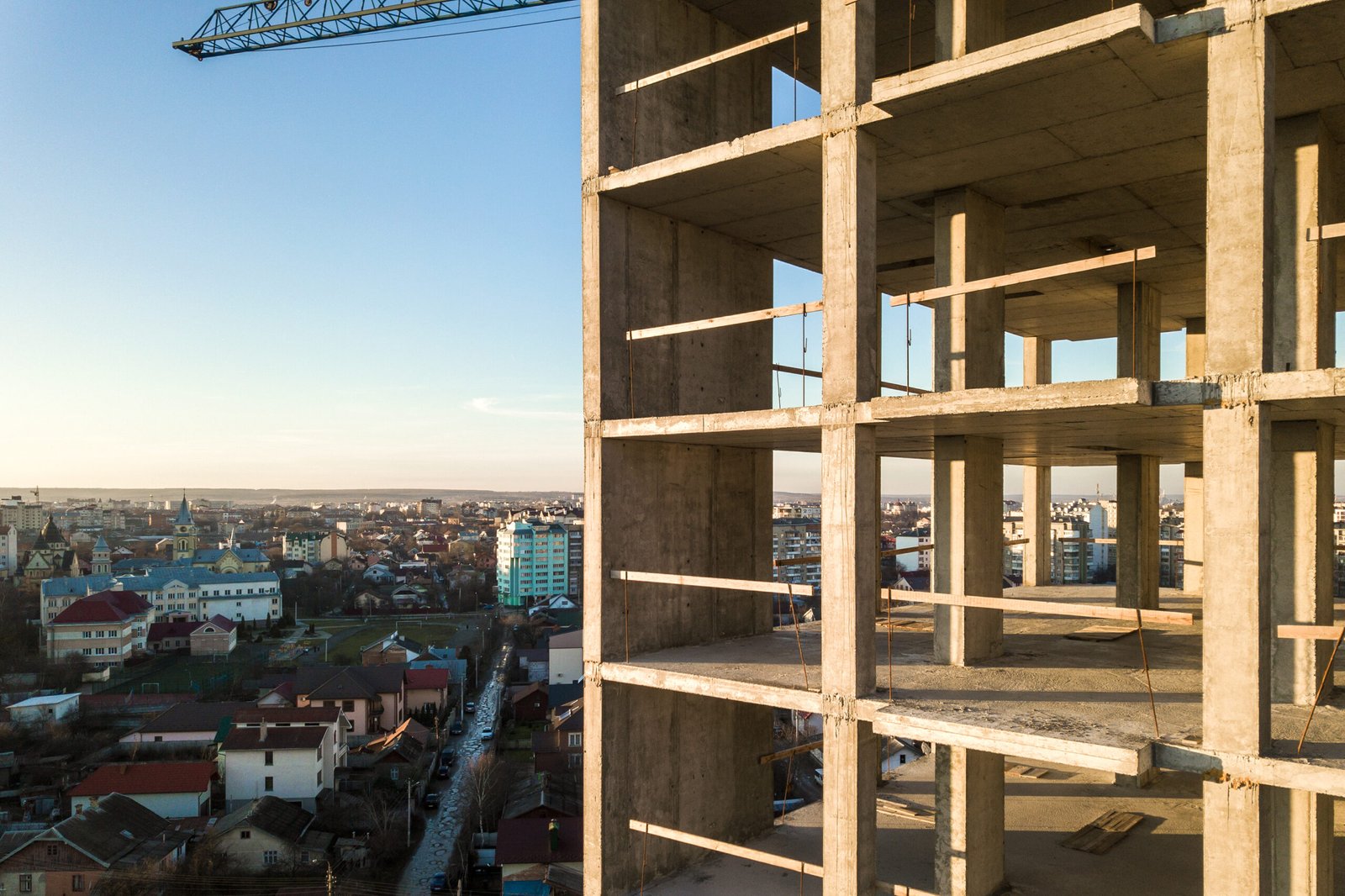Concrete remains a foundational material in modern construction. Its versatility and strength enable a wide range of structural and architectural applications. Yet achieving an optimal balance of workability, strength, and durability often requires more than cement, sand, and aggregates alone. Chemical admixtures have emerged as essential tools for optimizing concrete performance. Among them, superplasticizing admixtures stand out for improving flow, increasing strength, and enhancing sustainability without sacrificing practicality.
What Is a Superplasticizer?

A superplasticizer, also known as a high-range water-reducing admixture, is a chemical additive designed to dramatically boost the plasticity of concrete while keeping the water content low. In simple terms, it makes the mix more workable and easier to place without compromising strength or long-term durability.
Historically, contractors would add extra water to achieve greater workability, but this weakens the final product by increasing porosity and reducing compressive strength. Superplasticizers address this issue by dispersing cement particles more efficiently, enabling excellent flow at a significantly lower water–cement ratio.
The result is concrete that is easier to mix, pour, and finish, yet denser, stronger, and more durable. By enabling up to about a 30% reduction in water demand, superplasticizers are vital for high-performance concrete (HPC), precast components, and large-scale infrastructure.
Common Types of Superplasticizers
Today, three main classes are widely used in construction:
Polycarboxylate Ether (PCE) Superplasticizers
The latest generation of high-performance admixtures. PCEs deliver excellent water reduction, strong slump retention, and broad compatibility with various cement types. Their molecular design also supports sustainable, low-carbon construction practices.
Sulfonated Melamine Formaldehyde (SMF) Superplasticizers
Known for quick dispersion and rapid strength development, making them ideal for precast work or high-early-strength applications.
Naphthalene-based Superplasticizers
A reliable, cost-effective option that provides substantial water reduction and improved strength. They remain popular in both ready-mix and high-strength concretes.
At Mikazone, we offer a comprehensive range of water-reducing admixtures—including PCE-based, SMF, and naphthalene-based formulations. Each product is engineered to deliver optimal water reduction, strong cement compatibility, and enhanced workability, meeting the evolving performance and sustainability needs of the global construction.
market.How Does a Superplasticizer Work?

The primary function of a superplasticizer is to disperse cement grains and minimize flocculation—the natural tendency of cement particles to clump together in water. By preventing this aggregation, the admixture enables smoother flow and lower water demand. The process operates through several mechanisms:
Particle Dispersion
Superplasticizer molecules attach to the surface of cement grains, creating a repulsive layer that keeps particles from sticking together. This yields a uniform, free-flowing suspension.
Water Reduction
As cement disperses more effectively, the same workability can be achieved with less water, strengthening and densifying the concrete.
Strength and Durability Enhancement
Reducing water content lowers internal porosity, leading to higher compressive strength and improved resistance to cracking, shrinkage, and chemical attack.
Improved Workability and Compaction
Better flow allows easier placement, reduced segregation, and a more uniform finish.
Extended Service Life
A denser microstructure helps protect the concrete from environmental deterioration, freeze–thaw cycles, and chemical corrosion.
The performance of any superplasticizer depends on factors such as cement composition, temperature, supplementary materials (like fly ash or slag), and compatibility with other admixtures. Mikazone's advanced PCE formulations are designed to perform reliably across diverse mix designs and environmental conditions.
How to Use a Superplasticizer in Concrete
To maximize the benefits of a superplasticizer, precise dosage and proper mixing are essential. The following guidelines reflect field-tested practices used with Mikazone superplasticizers .

Determine the Proper Dosage
Typical usage ranges from 0.2% to 2.0% of the cement weight, depending on the desired performance, cement type, and presence of supplementary materials. Always consult the technical data sheet and work with Mikazone's technical experts to confirm the ideal dosage through trial mixes before full-scale production.
Mix Dry Materials First
Thoroughly combine cement, aggregates, and any supplementary materials before adding water. A uniform dry mix improves admixture distribution and reduces uneven workability.
Add Water and Mix
Add the measured water and mix until consistent. This prepares the base for uniform dispersion once the superplasticizer is added.
Incorporate the Superplasticizer
Introduce the admixture—either directly or pre-dissolved in water—into the mix. Keep mixing until the desired smoothness and flow are reached. The timing of addition matters; in most cases, it is best to add the superplasticizer after the water and dry materials have combined.
Adjust and Place
Make only minimal water adjustments if needed to achieve the target slump. Do not exceed the designed water–cement ratio, as even small increases can reduce strength.
Curing
Proper curing is essential to achieving full strength and durability. Maintain adequate moisture and temperature conditions, particularly when using low water-to-cement ratios.
Practical Tips for Best Performance
Conduct trial mixes before large-scale batching to validate compatibility with local materials.
Account for temperature and humidity, which can influence slump retention and setting time.
Select the appropriate Mikazone grade—some formulations are designed for fast setting, others for high slump retention or extreme water reduction.
Verify compatibility with other admixtures, especially air-entraining agents, retarders, or accelerators.
Follow a consistent mixing sequence to ensure even distribution.
Monitor air content, as excess air can reduce durability in high-strength concretes.
Keep equipment clean between batches to prevent contamination.
Store admixtures in sealed containers, protected from extreme heat or freezing, and observe the recommended shelf life.
Conclusion
Mikazone is dedicated to advancing the science of concrete admixtures through innovation and technical excellence. Our next-generation polycarboxylate-based superplasticizers deliver superior water reduction, exceptional flowability, and enhanced long-term performance—helping engineers and builders achieve stronger, more durable, and more sustainable concrete structures.
With flexible packaging options (25 kg bags or customized containers) and formulation services tailored to project-specific needs, Mikazone is ready to support your concrete performance goals.
Empower your concrete with Mikazone Superplasticizers
Engineered for strength, flow, and sustainability.
Contact Mikazone Todayto learn more about our full range of concrete admixtures and technical solutions.
